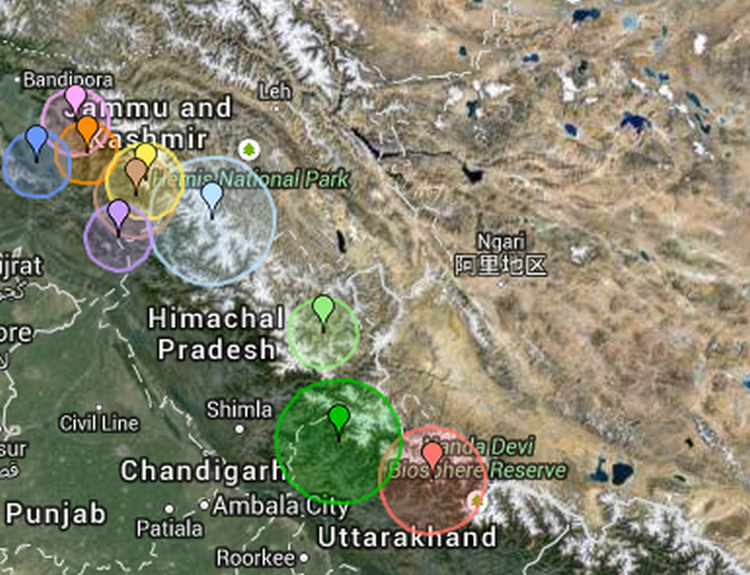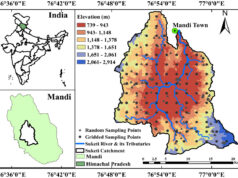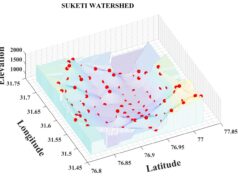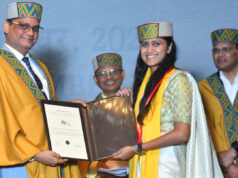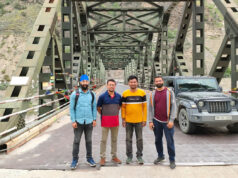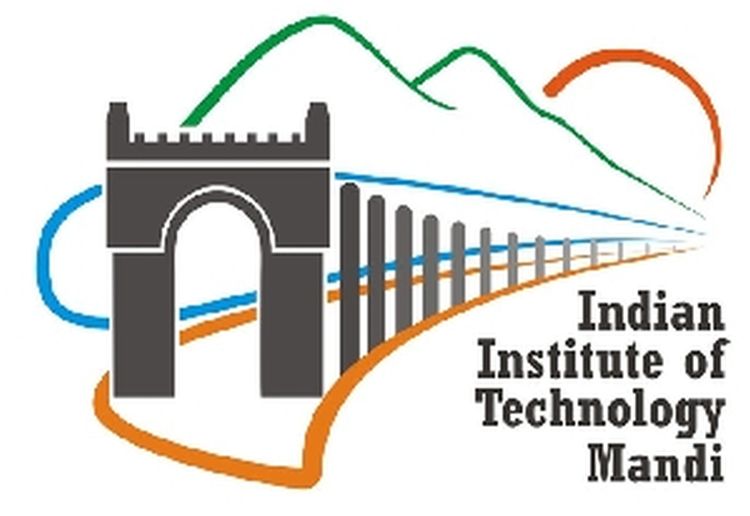For the first time, all 12 Himalayan States used a common framework resulting in the production of comparable vulnerability maps, which will help prioritize resource allocation
Mandi: Indian Institute of Technology Mandi, Indian Institute of Technology Guwahati and Indian Institute of Science Bengaluru collaborate in a pan-Indian, multi- institutional initiative to develop a ‘Climate Change Vulnerability Assessment for the Indian Himalayan Region Using a Common Framework.’
The assessment exercise is unique because for the first time all the 12 Indian Himalayan Region States have used a common framework resulting in the production of comparable state level and within state, district level vulnerability maps. Such comparable vulnerability assessments are useful for the government officials, implementers, decision makers, funding agencies and development experts, to have a common understanding on vulnerability, enabling them to assess which state in IHR is more vulnerable, what has made them vulnerable and how they might address these vulnerabilities.
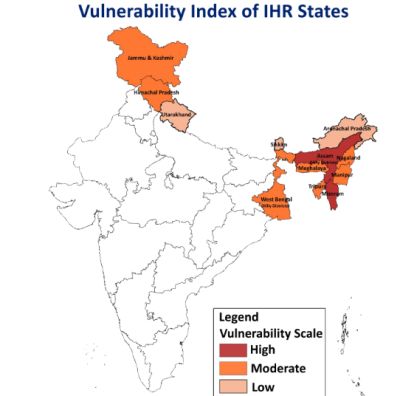
The 12 states include Assam, Manipur, Meghalaya, Mizoram, Nagaland, Tripura, Arunachal Pradesh, Sikkim and the hilly districts of West Bengal in the eastern part and Himachal Pradesh, Uttarakhand, Jammu and Kashmir in the Western part of Indian Himalayan Region.
The Framework and the results were presented in the National Workshop on ‘Climate Change Vulnerability Assessment for States and the Union Territories Using a Common Framework’ organized by IIT Guwahati and IIT Mandi with support from IISc Bengaluru, Department of Science and Technology (DST) and Swiss Agency for Development and Cooperation (SDC).
The Principle Investigators of the project Dr. Anamika Barua (Associate Professor, Department of Humanities and Social Sciences, IIT Guwahati), Dr. Shyamasree Dasgupta (Assistant Professor, School of Humanities and Social Sciences, IIT Mandi) and the Key Resource Person of the project Prof. N. H. Ravindranath, IISc Bengaluru asserted
“Based on the common methodology, we came up with a state level vulnerability assessment for the IHR and organized training workshops for the state level officials to carry out district level assessments in all 12 IHR states. Such a coordinated approach and enhanced cooperation between states in the IHR and the departments within the states are assumed to improve resilience to climate change because several adaptation interventions will require coordinated efforts across administrative boundaries”.
Highlighting the impact of this project, Prof. Ashutosh Sharma, Secretary, Department of Science and Technology, Government of India, said, “The adaptation to Climate Change is a collaborative effort between appropriate use of technology, a vision that produces policies, a change at ground level and engaging the local communities. These vulnerability maps will play a crucial role in this effort.”
Several workshops for need assessment and methodology training were organized over the past year by IIT Guwahati and IIT Mandi as a part of this initiative. Representatives from different State Departments in the IHR participated in the workshops. The purpose was not only to train them in the common methodological framework but also to brainstorm about the indicators of vulnerability, availability of data, challenges to be faced and ways to overcome those challenges.


